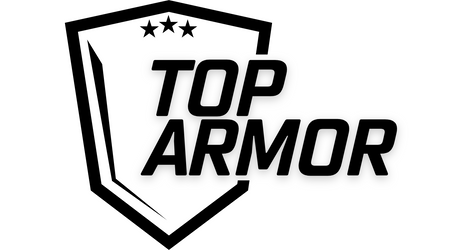
Understanding the Tradeoffs: Level III vs Level IV Body Armor
Introduction
Body armor is an essential tool for personal protection, particularly in fields like law enforcement, military operations, and civilian defense. The choice between different levels of body armor, such as Level III/III+ and Level IV, can be crucial. This article delves into the nuances of these two armor levels, highlighting their key differences and respective advantages and disadvantages.
1. Protection Levels
Level III body armor is designed to protect against high-velocity rifle rounds such as the 7.62mm FMJ steel jacketed bullets (U.S. military designation M80). Some Level III plates are also are tested against additional threats beyond the standard M80 round; These are commonly referred to as Level III+. On the other hand, Level IV armor is crafted to stop armor-piercing rounds, offering protection against .30-caliber armor-piercing bullets. Level IV's capability is a step up in terms of ballistic protection compared to Level III. It is important to note, however, that although Level IV stops AP rounds, it is not necessarily "better" than Level III. Level IV plates are designed to defeat 1 shot of .30-06 M2AP, while Level III plates are tested to defeat 6 shots of 7.62x51mm M80.
2. Weight Considerations
Weight is a major factor in choosing body armor. Level III armor is generally lighter, which is beneficial for mobility and reducing fatigue over extended periods. In contrast, Level IV armor is heavier due to the materials needed for higher ballistic protection, potentially impacting mobility and endurance during prolonged use.
3. Cost Implications
Contrary to what might be expected, Level III armor is often more expensive than Level IV armor. This is due to the advanced materials and manufacturing processes required to achieve a lighter armor with high protection. While Level IV armor offers a higher level of protection, its cost is often lower, partly because the materials used, while effective against higher threats, are not necessarily as advanced in terms of weight reduction technology.
4. Durability and Maintenance
Durability is another key aspect of body armor. Level III armors, typically made from advanced materials like polyethylene, are highly durable and have a longer lifespan when it comes to things like blunt trauma and temperature exposure. Level IV armors, while robust against higher threats, may have a shorter operational life due to their specific material composition. Proper maintenance and storage are vital for both armor types to maintain their maximum effectiveness and longevity.
5. Practical Applications
Level III armor is popular among law enforcement officers and civilians because it offers a good balance between protection and wearability. It's suitable for scenarios with a high risk of rifle fire but a low probability of encountering armor-piercing rounds. Officers commonly prefer a Level III+ plate for upgraded Level III protection against a wide variety of today's different rifle rounds such as M855 Green Tip, M193, and 7.62x39mm AK-47 rounds. Remember, Level III+ is not a standard rating and the threat protection profile of each plate varies by manufacturer. Level IV armor is typically used in military operations or high-risk environments where the threat of armor-piercing rounds is more prevalent and maximum ballistic protection is more important than weight savings.
6. The Tradeoff: Protection vs. Flexibility
Choosing between Level III and Level IV body armor often comes down to a tradeoff between protection and flexibility. Level III offers more flexibility, less weight, and ease of movement, making it suitable for a broader range of scenarios. Level IV, while heavier and more restrictive, provides unparalleled protection against the most lethal threats.
Conclusion
The decision between Level III and Level IV body armor should be based on a careful assessment of threat levels, operational requirements, and personal preferences.
